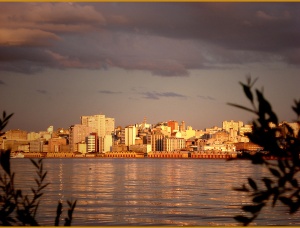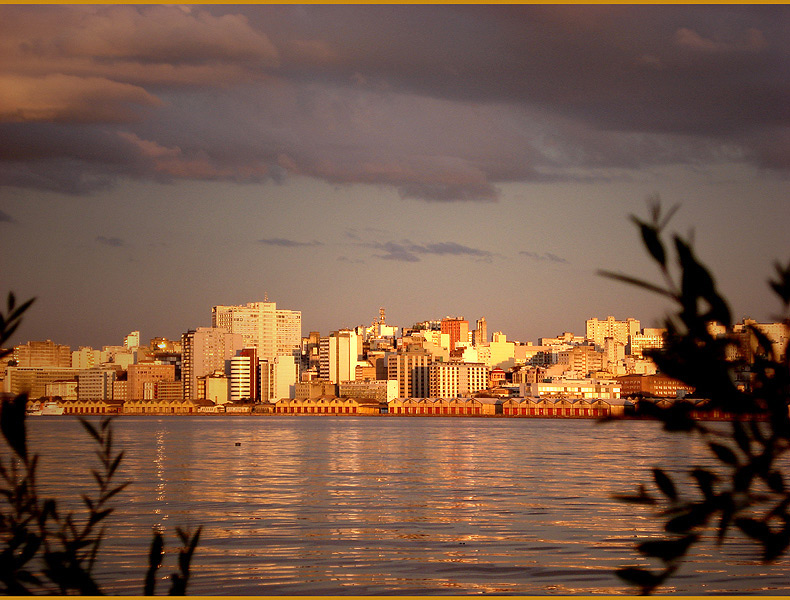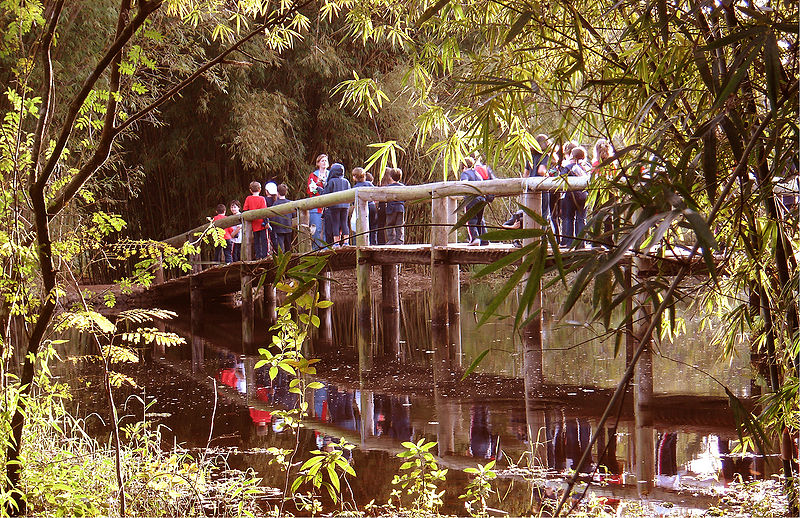FIFA World Cup 2014 Host City: Porto Alegre

From the subtropical climate to the cultural habits, Porto Alegre is fairly different from the other state capitals in Brazil.
Founded in 1742 by immigrants from the Portuguese archipelago of Azores, the capital of Rio Grande do Sul was the destination of thousands of immigrants from Portugal and Italy - like many other cities in Brazil but also from other European countries, particularly Germany and Poland.
Besides that, as the state is located far down the south of Brazil, the gaúchos, as people from Rio Grande do Sul are called, share several cultural traits with their neighbours from Argentina and Uruguay, from the folklore music to the habit of drinking the mate infusion, or chimarrão.
Porto Alegre lies on the eastern bank of the Guaíba River, right at the convergence point of five other rivers, which together form the enormous Lagoa dos Patos (Ducks Lagoon).
Its 497 square kilometres are covered with more than one million trees, making it one of the greenest cities in Brazil, despite being the nucleus of the fourth-most populous metropolitan area in the country, with roughly four million inhabitants.
There are over 1.4 million people living within the boundaries of Porto Alegre.

Sunset in Porto Alegre, Brazil
Temperatures are a lot milder in Porto Alegre than they are in most of the Brazilian capitals, with an annual temperature average of 19.5ºC and cold winters that have historical records of snow and subzero temperatures.
The four seasons are very defined, though, and during the summer, temperatures may go well beyond 35ºC. The capital of Rio Grande do Sul is also famous for featuring one of the highest human development index figures in the whole country.
Popular attractions include the 45 acre Porto Alegre Botanical Gardens, Maurício Sirotsky Sobrinho Park, Matrix Square and Mario Quintana Culture House.

Porto Alegre Botanical Gardens
Football
The football scene in the city of Porto Alegre is divided in two halves: the black and blue one from Grêmio Foot-Ball Porto Alegrense and the red and white from Sport Club Internacional. The two teams share the passion of the porto-alegrenses and are two of the most important clubs in the history of Brazilian football.
Besides dominating the history books of Rio Grande do Sul, Grêmio and Inter also combine for a number of national and international titles: while the Tricolor have conquered the Campeonato Brasileiro title twice (1981 and 1996), the Copa do Brasil four times (1989, 1994, 1997 and 2001), the Copa Libertadores twice (1983 and 1995) and the Toyota Cup once (1983), Inter have keep their silverware gallery packed with three Brasileiro titles (1975, 1976 and 1979), one Copa do Brasil (1992), one Libertadores (2006) and one FIFA Club World Cup (2006), among many others.
Both Grêmio and Internacional own traditional and highly regarded stadiums for over 50,000 spectators, separated some 2.5 km from each other: the Olímpico Monumental and the Beira-Rio, respectively. The modernisation of the Beira-Rio Stadium is currently in progress with a view of becoming the city’s World Cup venue.
Their youth divisions are also among the most prolific in Brazil, having produced the likes of Ronaldinho Gaúcho, Emerson, Renato Gaúcho (Grêmio), Falcão, Taffarel and Alexandre Pato (Internacional).
Fast Facts
Name: Porto Alegre
State: Rio Grande do Sul
Population: 1,436,123
Altitude: 10m
Climate: Porto Alegre is located in the sub-tropical zone and thus features a humid subtropical climate. Average precipitation is high and regular throughout the year.
Professional Football Clubs: Grêmio Foot-Ball Porto Alegrense and Sport Club Internacional.

